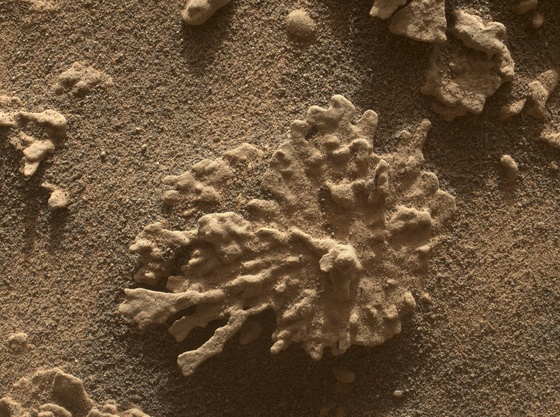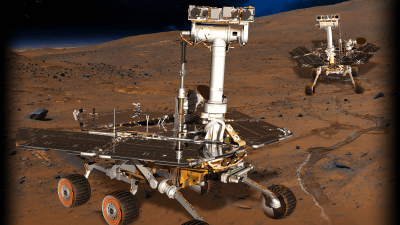NASA's Curiosity rover celebrates its 13th anniversary on Mars with new features to improve operational efficiency

Thirteen years after landing on Mars, NASA's Curiosity
Marking 13 Years on Mars, NASA's Curiosity Picks Up New Skills | NASA Jet Propulsion Laboratory (JPL)
https://www.jpl.nasa.gov/news/marking-13-years-on-mars-nasas-curiosity-picks-up-new-skills/
Curiosity is a rover aboard the Mars Science Laboratory, a Mars exploration spacecraft launched in 2011. At the time of writing, Curiosity is investigating a network of geological formations known as the 'Boxwork' on Aeolis Mons . These formations are thought to have been formed by groundwater billions of years ago, and are expected to provide clues about the possibility of life surviving underground during Mars's drier times.

Curiosity's power source is
To address this issue, NASA has been researching ways to safely combine multiple tasks since 2021. For example, improvements have been made to the system so that it can simultaneously perform tasks such as driving, operating a robotic arm, and taking images, all of which were previously performed separately. This reduces the operating time of heaters and other equipment, thereby reducing energy consumption.

The rover will also have the ability to autonomously enter sleep mode if it completes scheduled tasks early, shortening the recharging time until the next mission. According to engineers at NASA's Jet Propulsion Laboratory (JPL), the rover is transitioning from a cautious approach at the beginning of the mission to one that relies more on the rover's own judgment.
Curiosity has undergone various improvements to solve various problems, including a software change to the way samples are collected after a mechanical problem with the robotic arm's drill, and a workaround for a malfunctioning camera color filter that allows the rover to capture consistent images in a different way.
The rover also has an algorithm to reduce wear on the wheels, which have been damaged by rocks. While the wheels have several holes, NASA has determined that their performance thus far indicates they will be able to withstand many years of exploration. 'These ongoing improvements will enable Curiosity to continue its active exploration missions into the future,' NASA said.

Related Posts:
in Science, Posted by log1i_yk







